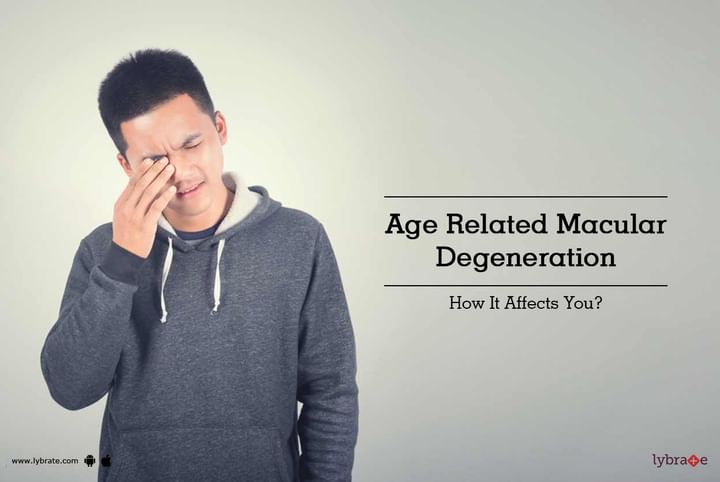Age Related Macular Degeneration - How It Affects You?
Age-related macular degeneration, also known in brief as AMD or ARMD is one of the most common age-related causes for vision loss. It causes “blind spots” in vision, causing difficulty in activities requiring central vision like reading, sewing, driving, watching TV, computer usage, etc.
How it happens?
The centre portion of the eye is known as retina which has a screen in the posterior portion. For proper vision, light falls on this screen and is then processed to enable ‘vision.’ When this screen is not clear, blurred vision results. It may not cause total blindness but impairs vision including double vision and loss of central vision.
Types: There are two types of AMD, wet and dry.
- Dry: There are yellow deposits known as drusen which form in the macula, and as they grow in size, they impair vision, specifically the central vision. This is the common variant and can lead to the wet form.
- Wet: There are abnormal blood vessels which are formed in the retina. There is leaking of blood and fluid which makes it ‘wet.’ There could be scarring of these leaked substances, which again leads to loss of central vision. Further studies have shown that retina produces a protein knows as vascular endothelial growth factor (VEGF) which promotes the generation of new blood vessels, normally required for the production of new blood vessels. However, increased VEGF causes excessive proliferation of blood vessels, leading to macular degeneration.
Risk factors: Though age related, there are definitely some factors which put one at a higher risk for AMD
- Genetics: AMD is hereditary and runs in families
- Gender: Females are more prone to develop AMD than males
- Ageing: People above 60 are at greater risk
- Smoking: Direct and passive smoking contribute to AMD.
- Obesity: Accelerates the pace of AMD and severity of complications.
- Hypertension: Increases the chances of developing AMD
- Ethnicity: Caucasians are more prone to develop AMD as their lighter skin and eye color is more prone to sun damage
- Sun exposure: Increased sun exposure accelerates the onset of AMD
Symptoms:
- No symptoms in the initial stages
- Gradually, there is impaired central vision, affecting activities like reading, driving, and computer usage
- Color perception is impaired
Diagnosis:
- A routine eye exam will reveal the yellow deposits which actually cause the condition.
- An angiography may be done after injecting a dye to detect blood vessel growth.
Treatment:
There is no cure, but progress can be delayed
- Anti-angiotensin agents reduce pressure in the eyes and stop development of newer blood vessels
- Vitamins help slow down loss of vision
- Vision aids to correct vision. If you wish to discuss about any specific problem, you can consult an Ophthalmologist.



+1.svg)
